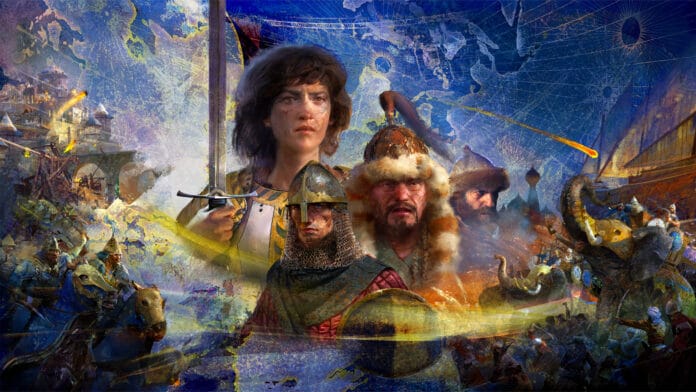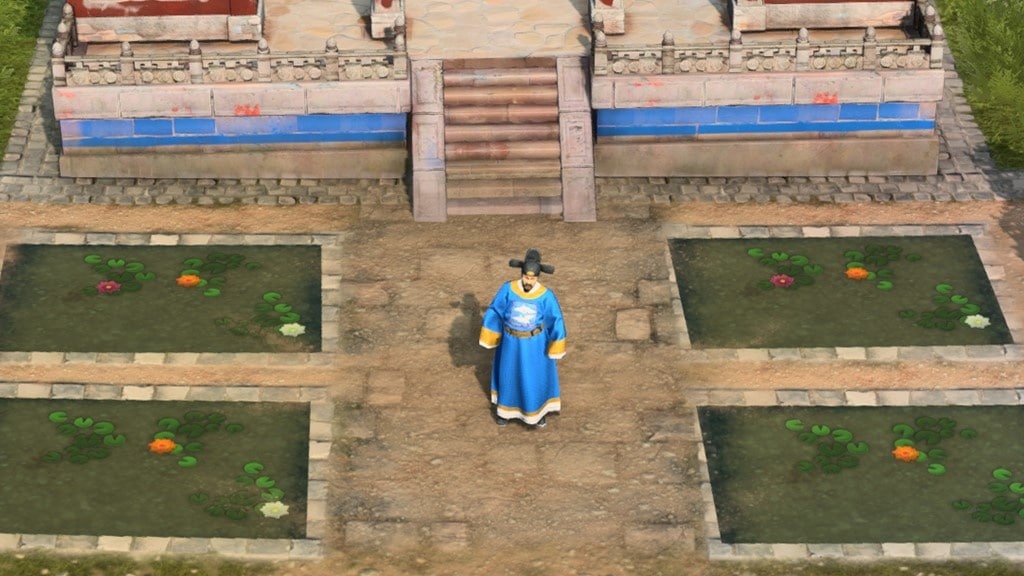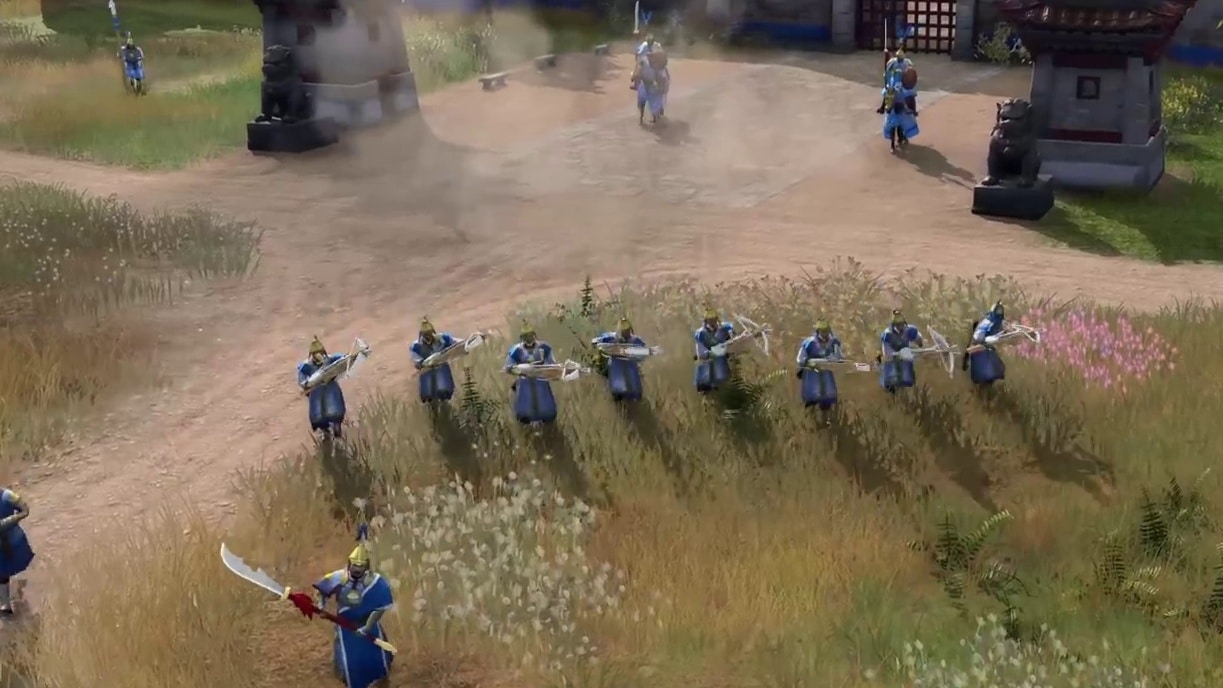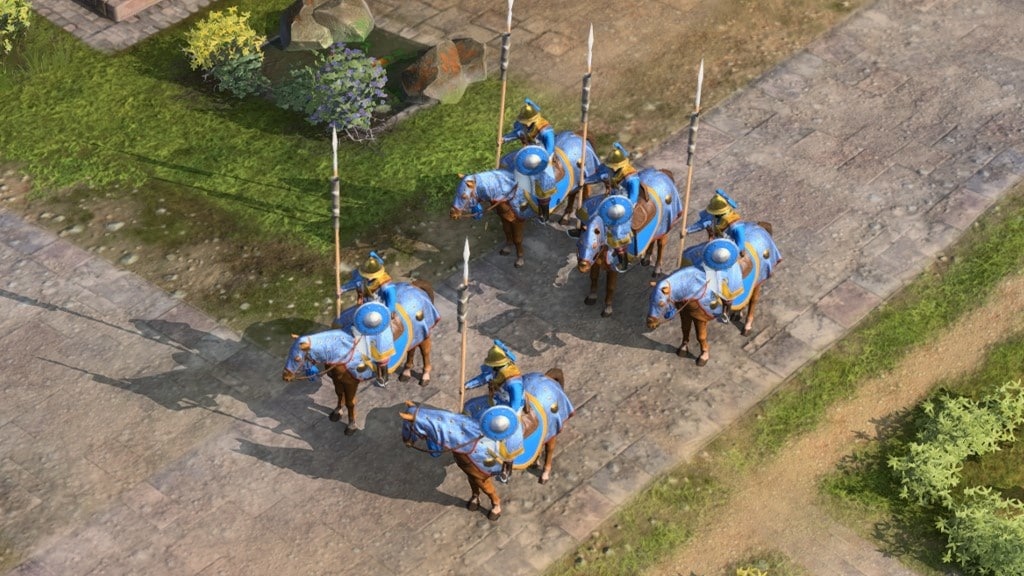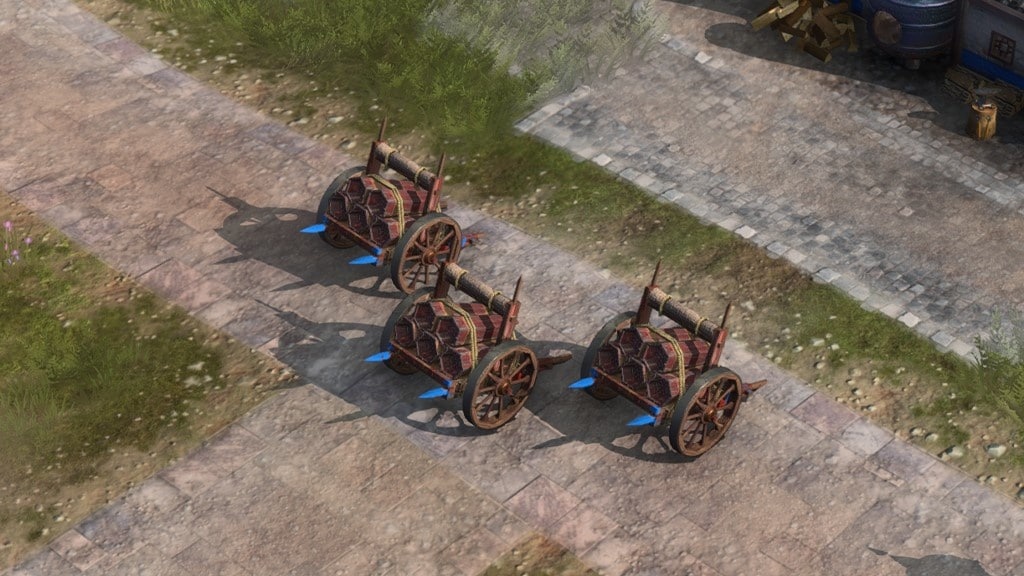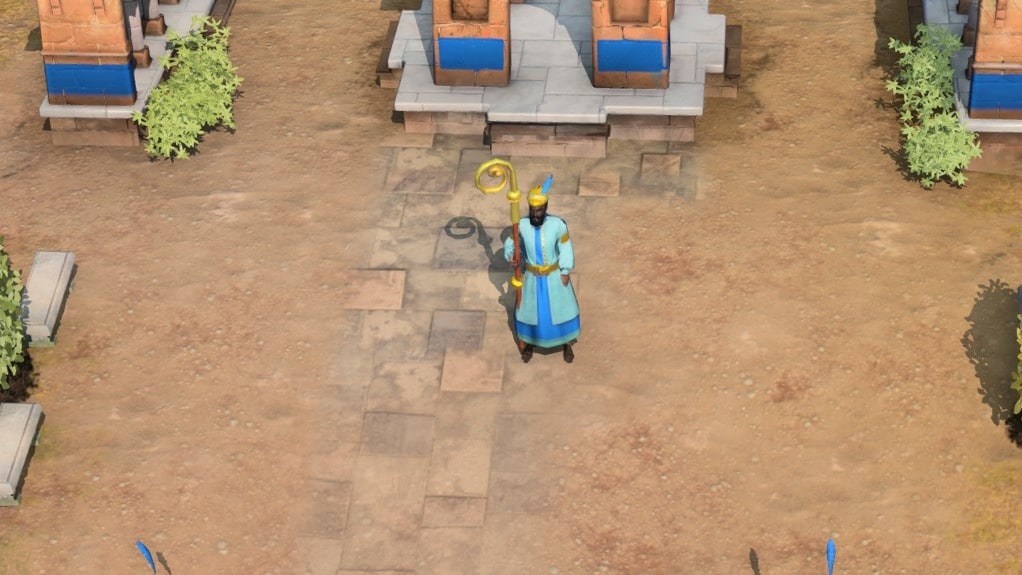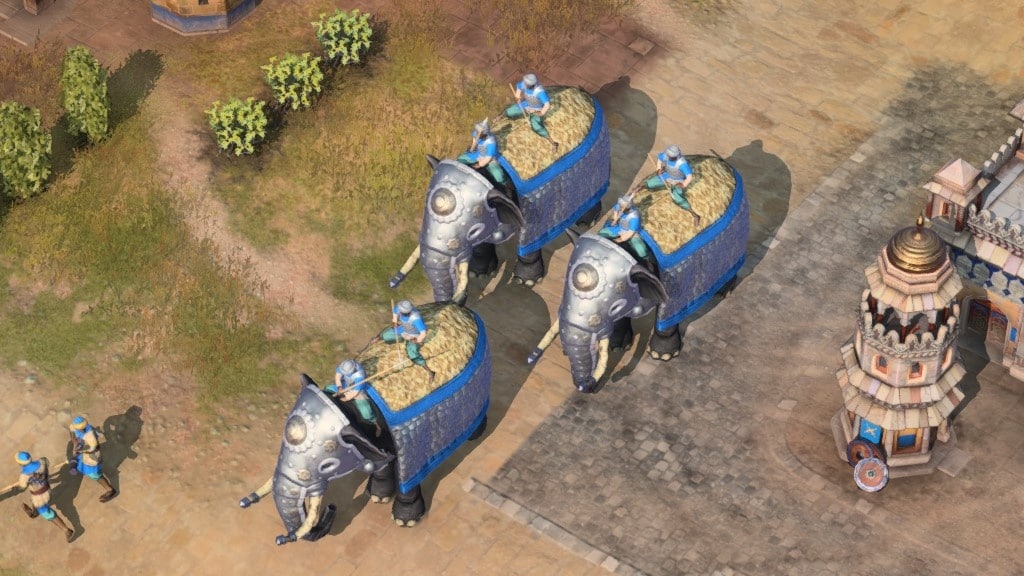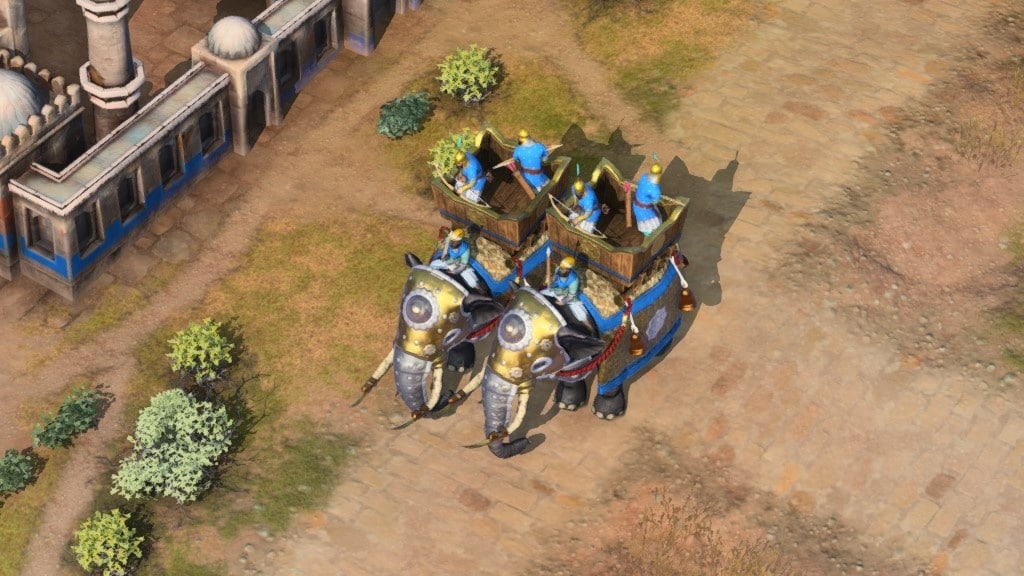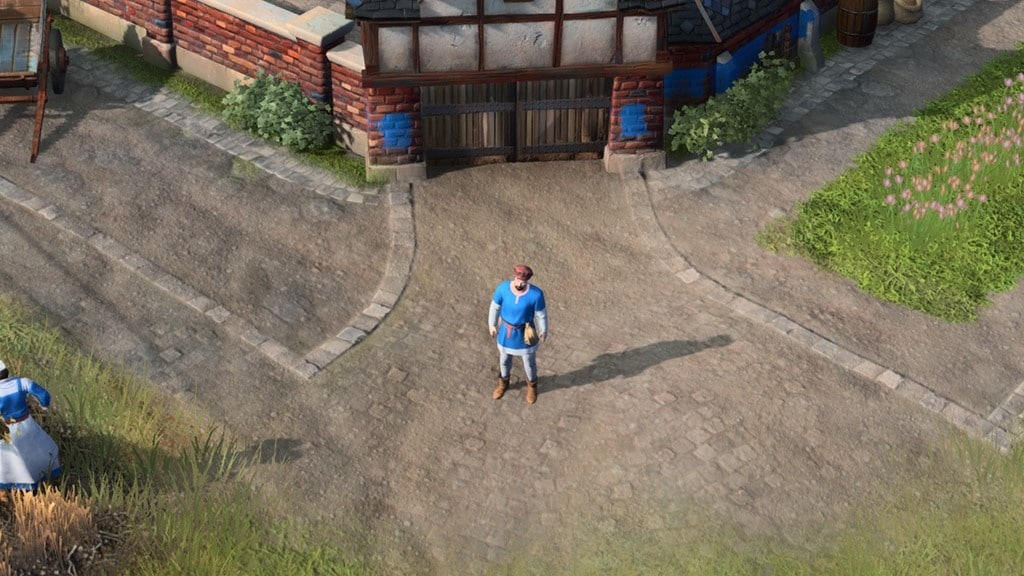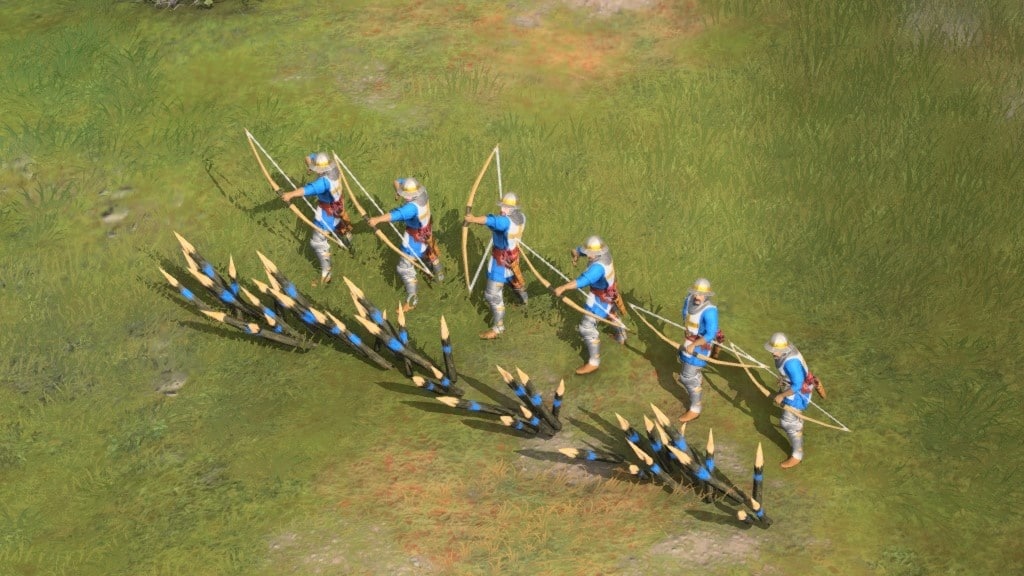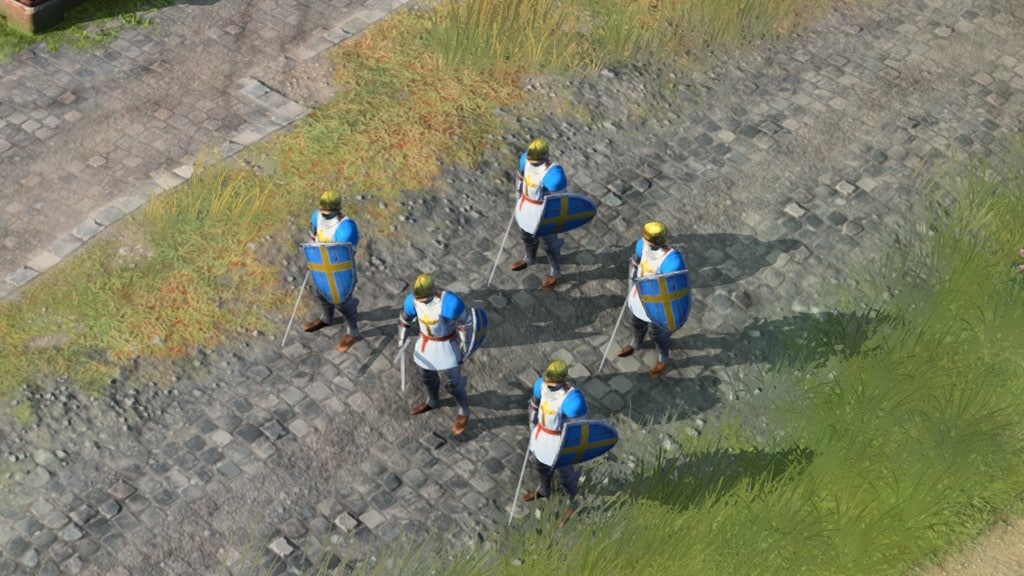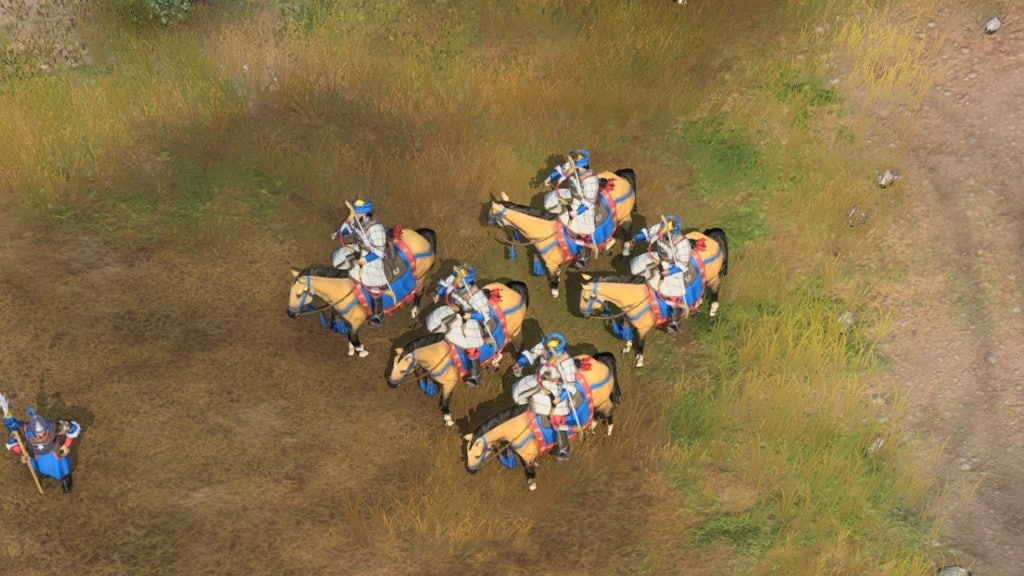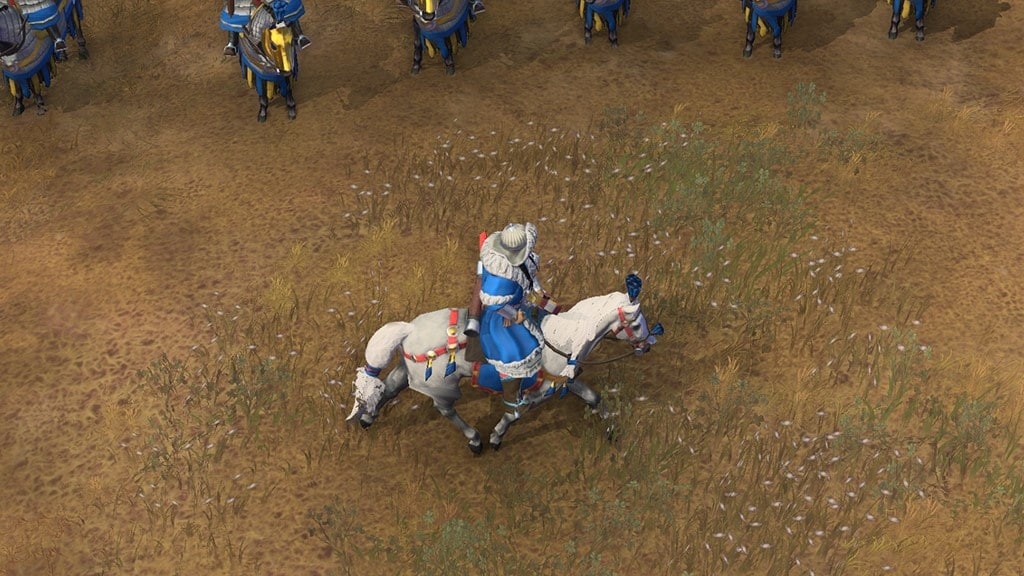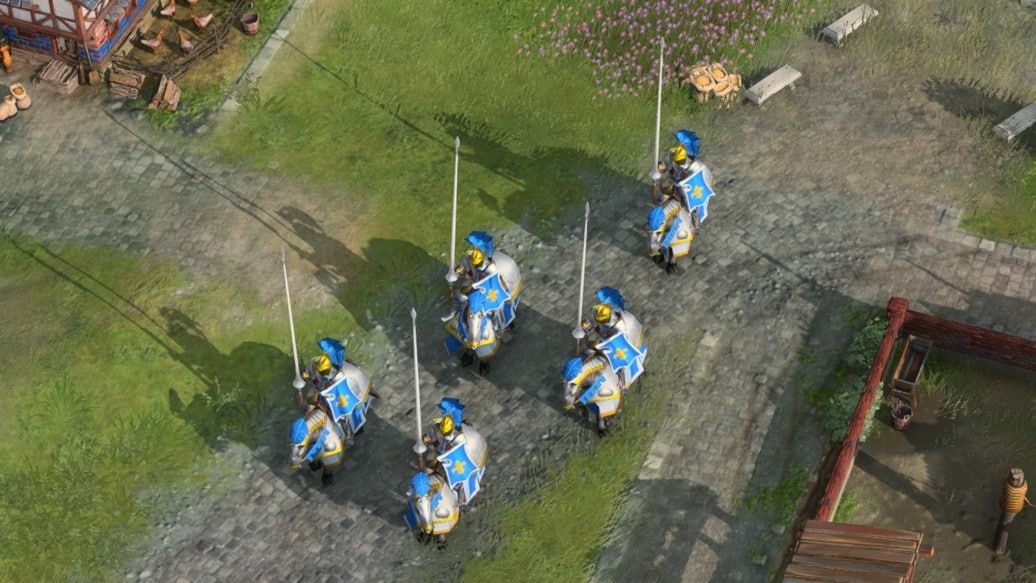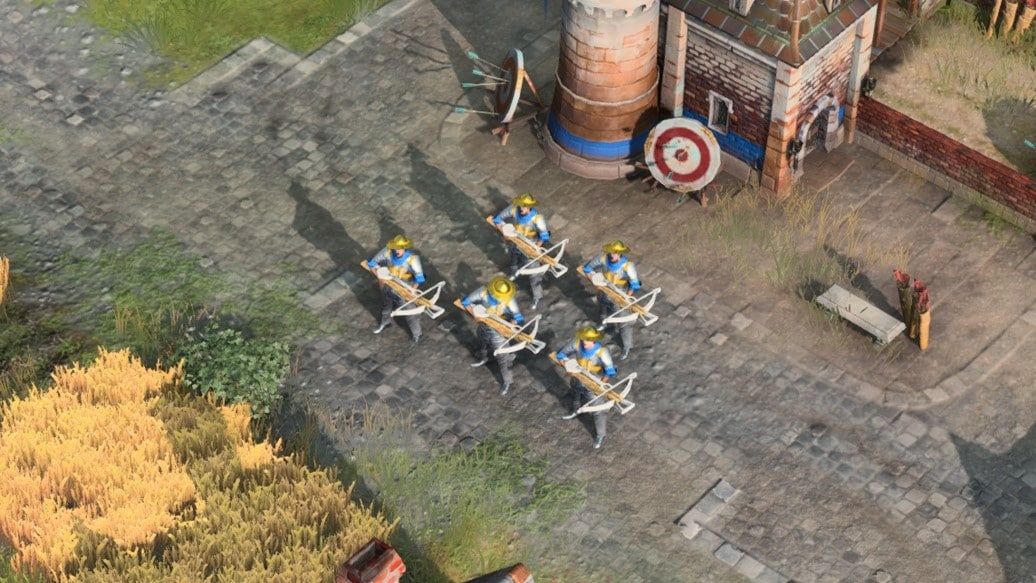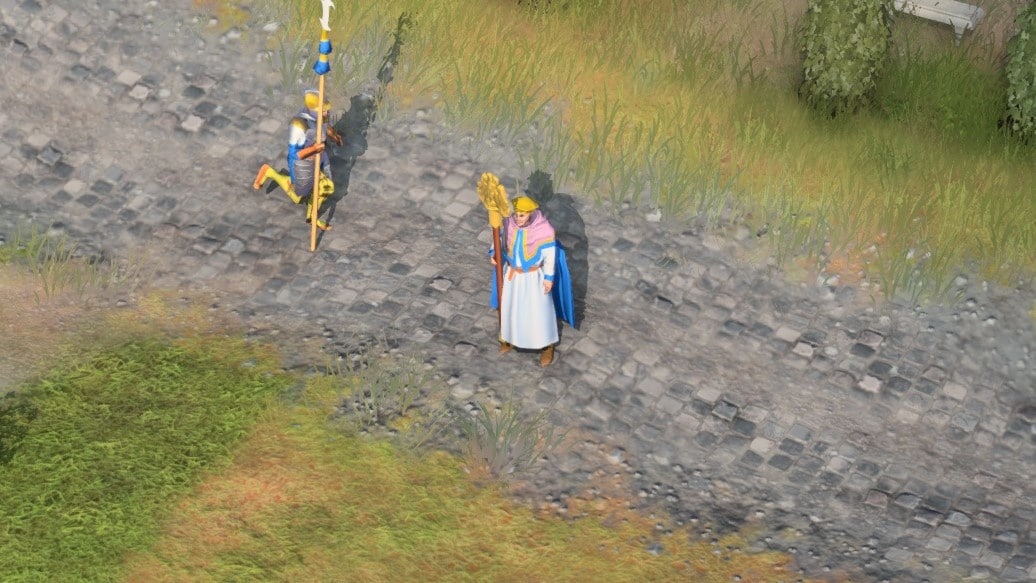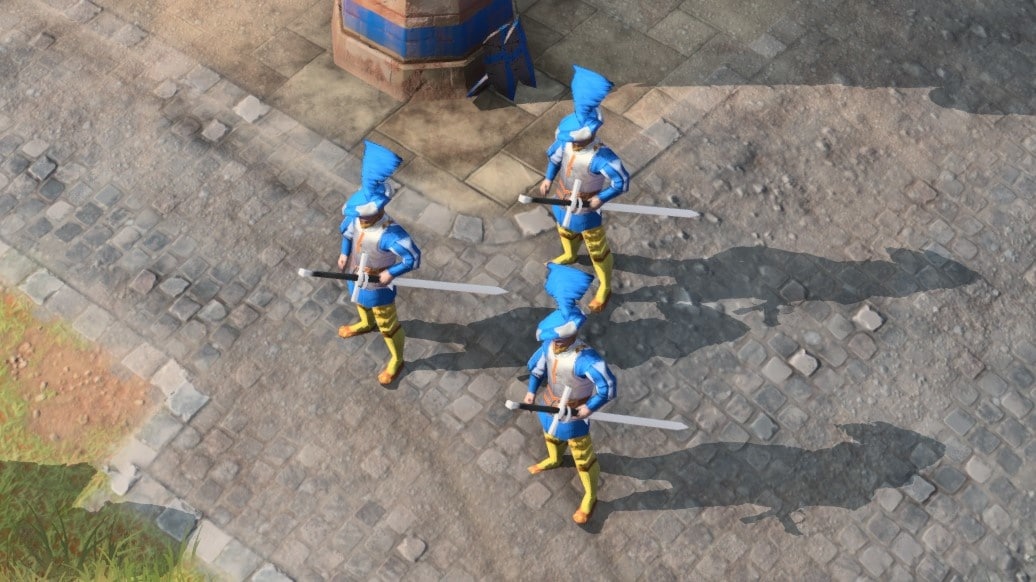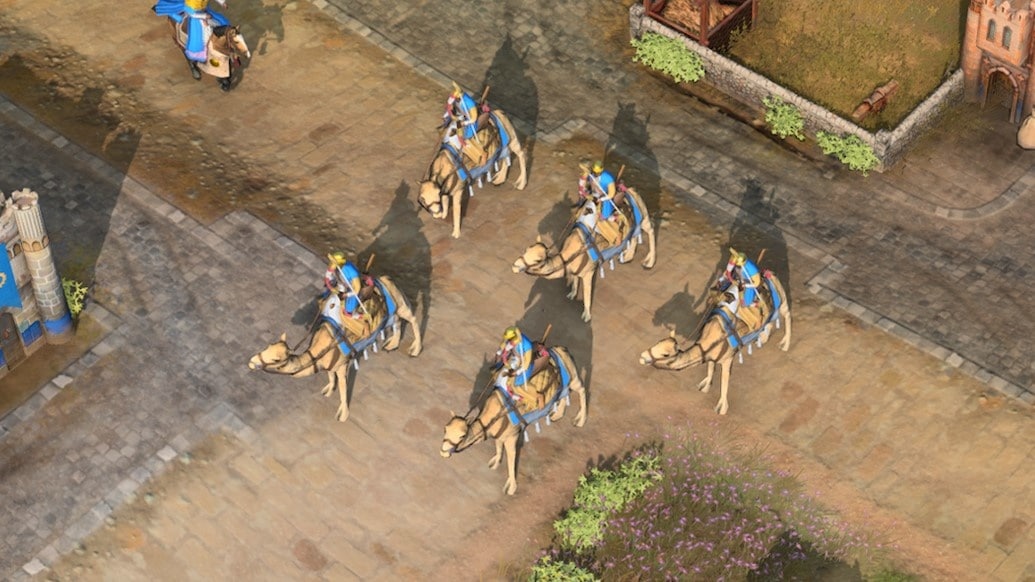There are eight different races in Age of Empires 4, and we’ve compiled all the known information about their units, buildings and abilities for you.
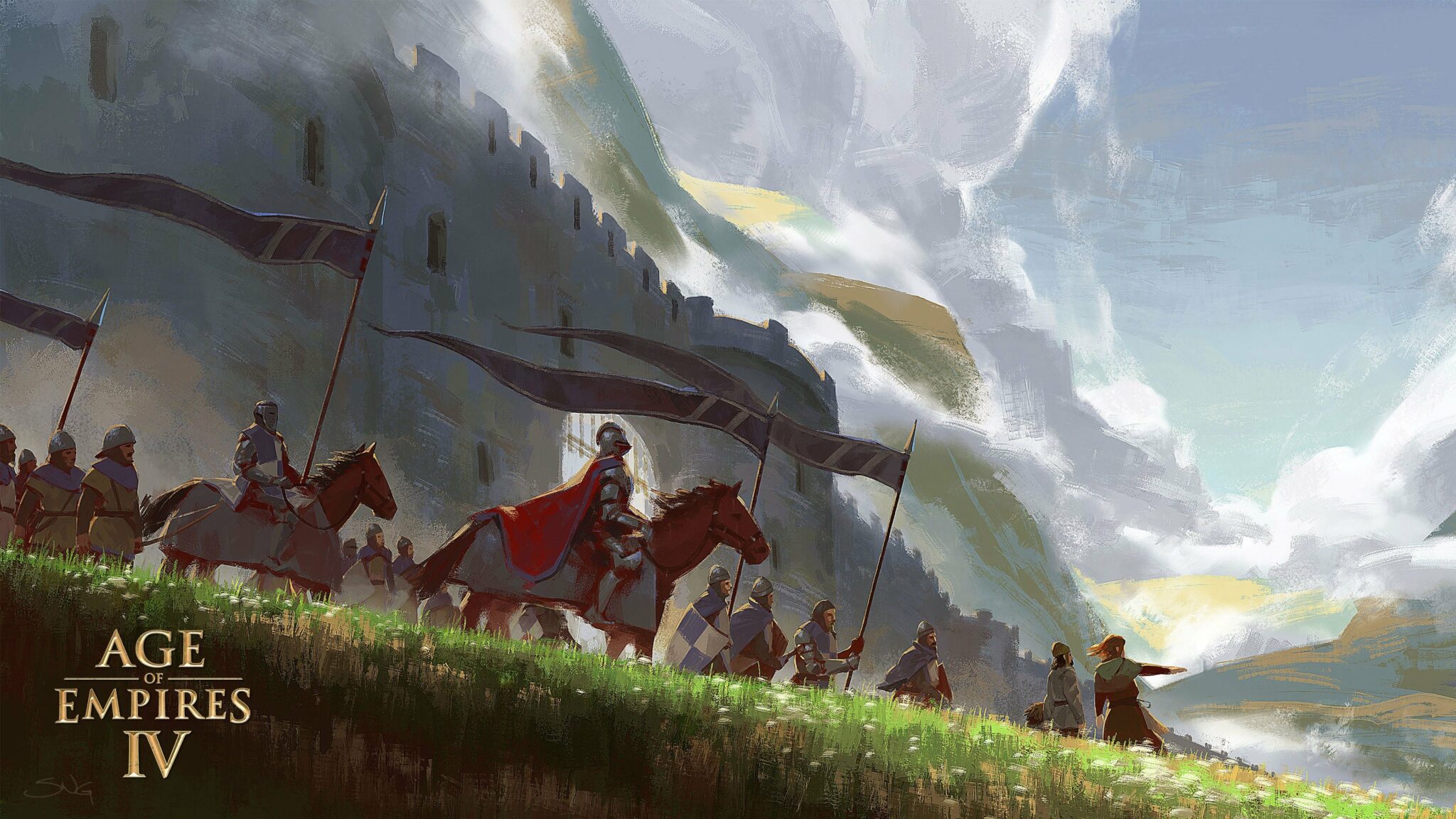
Age of Empires 2 is famous for offering a huge selection of playable factions. Of course, this is also because new factions have been regularly added via DLC since the release 20 years ago. But even at the time of its release, the legendary RTS offered a total of 13 races.
Age of Empires 4 initially had only eight factions. However, the races are supposed to be much more different from each other than in previous sequels. In this article, we analyse for you exactly how each race stands out from the rest. The information comes from the English-language homepage of Age of Empires
All races of Age of Empires 4
The Chinese
Historical Background
China is one of the oldest nations in the world, and a unified empire existed several hundred years from the birth of Christ. However, in the centuries that followed, upheavals occurred again and again, and the empire was frayed and reassembled several times. In Age of Empires 4, the years from 907 to 1644 are depicted. During this time, several dynasties experienced their rise and fall. Four of them also play a role in Age 4.
The Chinese are a culturally highly developed people who already achieved great technological advances in the Middle Ages. This ingenuity is to be reflected in Age 4 and can be seen in their defences and black powder weapons, among other things.
What makes the Chinese special?
The Chinese people start each turn with additional villagers, which allows the faction to work out an economic advantage very quickly. The Chinese must plan well when expanding their base, because they can also optionally found a certain dynasty per age.
To do this, the Chinese must build two special “landmarks” – this is the name of the special buildings in AoE 4. All other factions can only ever build one landmark per age.
This brings special advantages for units and unique buildings. But as soon as the age advances, players can no longer fall back on these advantages.
The Buildings of the Chinese
- Dark Age: In the first age, the Chinese are especially concerned with collecting taxes from the individual buildings with the help of their imperial official and thus getting a fat gold cushion.
- Feudal Period: In the Feudal Period, the Chinese unlock the Imperial Academy, among other things. With this special building, nearby buildings are influenced and generate even more tax money.
- Chivalric Age: With the Imperial Palace of the Third Age, the Chinese can spy on their opponents. This way, even units behind mountains and in forests do not remain hidden.
- Imperial Age: One of the most important special buildings is the Great Wall. A very powerful defensive structure. The wall can be additionally reinforced and increases the damage of own units.
The Dynasties
- The Tang Dynasty: The possible dynasty of the first age. If it is unlocked, the foresight of scouts increases
- The Song Dynasty: With this feudal era dynasty, the Chinese get a unique village building and can train the Zhuge Nu (crossbowmen). In addition, the production time of the village is reduced.
- The Yuan Dynasty: This dynasty can be unlocked in the chivalry period. It allows the construction of a storehouse. In addition, Fire Lance Riders become a new option and the movement speed of all units increases
- The Ming Dynasty: The last dynasty is available in the Imperial Age. With this you unlock pagodas. These are tall towers divided into segments. In addition, the Chinese can unlock Grenadiers with this dynasty and all military units get a bonus to their health.
The Special Forces of the Chinese
The Delhi Sultanate
Historical Background
Historically, the Delhi Sultanate actually only existed from 1206 to 1526, but in Age of Empires 4, the civilisation covers the years after 879 and also includes the cultural amalgamation after the North Indian invasion of the Ghurids, who originally came from what is now Afghanistan.
As a result, this faction traverses very different eras from age to age, ranging from the Ghurid Sultanate to the Khalki Dynasty to the Lodi Dynasty.
What makes the Delhi Sultanate special?
Despite or perhaps because the nation goes through so many different stages, its greatest strength lies in developing technologies. The Sultanate can carry out several upgrades in each epoch and, with the help of its scholars, develop new technologies much more effectively than any other faction.
In this case, more effective does not mean faster! The Delhi Sultanate saves a lot of resources, because research is completely free in this faction. But they need a little longer than the rest. To compensate for this time disadvantage, the Sultanate has to train the scholars.
As a result, the Sultanate is still vulnerable early in the game and has to rely on its defence. But the longer a turn lasts, the more powerful Delhi’s army becomes.
The buildings of the Delhi Sultanate
- Dark Age: The most important building of the Dark Age at Delhi is the mosque. Here said scholars are trained, who are of great value for exploration.
- Feudal Era: In the Feudal Era, Indians can resort to the Dome of Faith. Here scholars are produced more cheaply. From this point on, the people can find many more ways to get upgrades
- Knight Era: Another landmark in the Knight Era is the House of Learning. This unlocks various economic and religious upgrades.
- Imperial Era: Only in the Imperial Era can the army of Delhi really get going. Also thanks to the palace of the Sultan. This building automatically produces war elephants at certain intervals. Scholars can additionally speed up production.
The Special Forces of the Delhi Sultanate
The English
Historical Background
England has existed as a concept at least since the unification of the Anglo-Saxons by King Alfred the Great, who ruled until 899. Later the kingship passed into Norman hands after the conquests of William. Age 4 covers the centuries from 850 to 1555. That is, until the late Renaissance.
In principle, the game covers four great eras of English history. Starting with the rule of the Anglo-Saxons, through the Anglo-Normans to the English Gothic and finally to the Welsh kings of the House of Tudor, to which, for example, the famous King Henry VIII belonged.
What makes the English special?
England is supposed to become a bulwark nation that can effectively hide behind its thick walls and castles. This becomes even more effective when one considers the strength of English longbowmen.
At the same time, the English rely on an efficient food supply. That is why their farms cost less than those of other peoples. All that food can also be used to improve buildings and armies.
The village centre, outposts, towers and castles are linked to each other and trigger alarms when enemies approach. This allows units and defences to shoot faster for a short time. In addition, English castles may produce all units.
Buildings of the English
- Dark Age: Initially, everything about the English is geared towards strengthening their economy by accumulating extreme amounts of food with cheap farms.
- Feudal Period: Already in the Feudal Period, Englishmen are allowed to train longbowmen. They can do it even faster when they build the Council Chamber. One of their landmarks.
- Chivalric Age: The White Tower is a strong landmark that functions like a castle and can train all unit types of the English with the help of an upgrade in the Chivalric Age.
- Imperialzeit: In the Imperialzeit the farms of the English become even better and produce gold. In addition, the Berkshire Palace is available. A castle with even greater reach.
The Mongols
Historical Background
To list here how out of a myriad of nomadic tribes of Asia eventually emerged the Mongols would go beyond the limits. But what is most important is that from 1200 onwards, this equestrian people left their mark on world history. Under Genghis Khan’s leadership, the Mongols conquered a world empire stretching from East Asia to Europe.
In Age 4, the years from 1000 AD onwards are also depicted, showing how a united, albeit quite warlike, people slowly developed from isolated tribes, but never completely abandoned their nomadic tradition.
What makes the Mongols special?
The Mongols are the only people in Age of Empires 4 that are never completely tied to one location. The entire base can easily be moved on horseback and transported somewhere else. This makes this nation incredibly mobile and allows for quick attacks and retreats. For this, the Mongols unsurprisingly rely mainly on their cavalry.
To strengthen their economy, the Mongols have special buildings like the obo. In reality, these are piles of stones built by the Mongols for cultic reasons. In general, however, the Mongols cannot build up an economic power as easily as other peoples. This makes it all the more important for them to conquer as many resources on the map as possible before others do.
The buildings of the Mongols
- Dark Age: In the beginning, the Mongols have to do without farms and walls completely. They get advantages from their obos and yurts
- Feudal Age: Here the Mongols slowly gain economic momentum. Instead of farms, they can now build pastures. In addition, the landmark “The Silver Tree” allows the option to recruit merchants faster and cheaper.
- Chivalry: After advancing to the chivalry era, the Mongols can build the Steppe Redoute. This works like a yurt, increasing gold income and allowing more resources to improve the military.
- Imperial Era: With the construction of the Khanate Palace, the Mongols advance into the Imperial Era. Mangudai, horsemen or knights can be recruited in this building
The French
Historical Background
Today’s France emerged from the West Frankish Kingdom, which was formed after the death of Emperor Louis I. (son of Charlemagne). Age of Empires 4 adapts to this and starts around 840. We follow France through the centuries and through its royal dynasties. In reality, the Carolingians were followed by the Capetians, whose indirect heirs actually remained kings of France until 1848. After the French Revolution, however, with severe restrictions, of course.
In the meantime, France experienced many wars, crises and plagues. At the same time, however, it developed into one of the most influential powers in Europe, whose claims even extended to England. A state of affairs that caused a lot of strife in the Middle Ages.
What makes the French special?
The foundation of the French military in Age of Empires 4 is their powerful knights. But at the same time, the French have powerful siege weapons that rely on gunpowder. Knights are able to break through any defensive line with their assault. In addition, many French units can receive special upgrades.
To ensure a healthy economy, French rely on special merchants. With these, all necessary resources can be procured. There is also a special influence system. This can be used to reduce the unit costs of stables and firing ranges, provided they are located near a castle. The French village centre can produce units faster with each new age.
The buildings of the French
- Dark Age: At the beginning, the French, like the English, strengthen their economy. Here, economic technologies cost less. The same goes for mills or gold mines
- Feudal period: From the Feudal period onwards, the French can use their powerful royal knights. If they have also built the Chamber of Commerce, traders bring additional resources home.
- Chivalry: With the help of the Royal Institute, Frenchmen can research all technologies in the same place from the Chivalry. This not only ensures clarity, but also costs less here.
- Imperialzeit: With the College of Artillery, the French advance into the Imperial Era. Here, particularly powerful gunpowder units are trained to inflict additional damage even without chemical technology
The French’s special units
The Abbasid Dynasty
Historical Background
The empire is also called the Abbasid Caliphate and refers to a major Islamic empire whose capital was Baghdad and which extended as far west as Sicily and as far east as present-day Iran. The empire existed under the Abbasid dynasty from about 749 and was long considered the centre of the Islamic faith.
However, the empire lost much of its influence when Baghdad was destroyed by the Mongols in 1258. But the dynasty actually lasted for another 250 years and declared Cairo its new capital. By this time, however, the dynasty no longer exercised any real power over the region. In 1517, Cairo was conquered by the Ottomans and the dynasty finally came to an end.
What makes the Abbasid dynasty special?
Similar to the Chinese and the Delhi Sultanate, the Abbasid dynasty’s greatest strength lies in its inventiveness. The dynasty builds for a Golden Age and constructs a House of Wisdom for it. Buildings around the House of Wisdom increase the level of the Golden Age. This increases the collection rate, research and production.
The dynasty also does not have to build landmarks to advance. Instead, four special wings are built in the House of Wisdom, in any order.
Gathering resources is also the focus of the dynasty. It helps that the dynasty does not have to assign villagers to construct buildings. Instead, they can concentrate fully on gathering.
The Abbasid Dynasty is the only faction that can lead camels into battle. This mounted unit is especially effective against other cavalry.
The Abbasid Dynasty Buildings
- Dark Age: The Abbasid Dynasty starts directly with the House of Wisdom, which is already considered a landmark. To reach a new age, unique upgrades called wings must be researched here
- Feudal Age: Instead of building a new landmark, the dynasty can use its camel archers from the Feudal Age onwards.
- Chivalric Era: There is no new landmark in the Chivalric Era either. Instead, the dynasty now trains camel riders.
- Imperial Era: To advance to the Imperial Era, four wings must be researched in the House of Wisdom. However, a special fifth wing can then follow. Thus, the dynasty even gets a kind of fifth age.
The Holy Roman Empire
Historical background
While the West Frankish Empire eventually became France, the East Frankish Empire later developed into the so-called Holy Roman Empire. This was the dominion of the German emperors until 1806. The name goes back to the claim of those emperors who saw themselves as heirs to the Roman Empire.
The first emperor of this empire was Otto I, who was crowned emperor in 962. Even though it is not actually possible to speak of a united, German Empire, the Holy Roman Empire would therefore be best understood as a kind of German faction.
What makes the Holy Roman Empire special?
The Holy Roman Empire relies on a strong defence and has access to its religious unit very early in the game. From the first age, the prelate can already be recruited at the village centre and helps to improve the economy. In this way, the empire progresses quickly and can gather heaps of resources.
Later, as with all other factions, the prelate also allows you to collect holy relics. These can even be placed in castles or outposts. As a result, these buildings do more damage and can also take more.
In general, it will not be easy to simply flatten an HRR base. The buildings have a strong defence if they are built near the village centre. Thus, this faction naturally supports a defensive style of play and compact bases.
In terms of army structure, the Holy Roman Empire shows strengths in infantry. It can train men-at-arms at an early stage, improve them extremely and relies on fast landsknechts with high area damage for special units.
The Buildings of the Holy Roman Empire
- Dark Age: The most important building at the beginning of a game is the village centre. Not only villagers are created here, but also the first prelates. Thus, the Holy Roman Empire does not have to build a church for religious units
- Feudal Period: In the Feudal Period, the prelates’ bonus can be made even more efficient with the help of the Aachen Chapel. If a prelate is quartered here, his buff expands to all surrounding productions. Alternatively, there is the Meinwerk Palace, where forge upgrades are cheaper.
- Ritterzeit: As soon as knight time strikes, landsknechts can be trained. This can be done even better in the Burgrave’s Palace. Here, five infantry units are trained at a time. The second landmark is the Regnitz Cathedral. Here, relics generate heaps of gold.
- Imperial Age: In the last age, buildings become even more resistant thanks to the Elzbach Palace. The palace also functions as a castle. The Swabian Palace on the other side is a new village centre that trains residents faster and cheaper.
The Special Forces of the Holy Roman Empire
The Rus
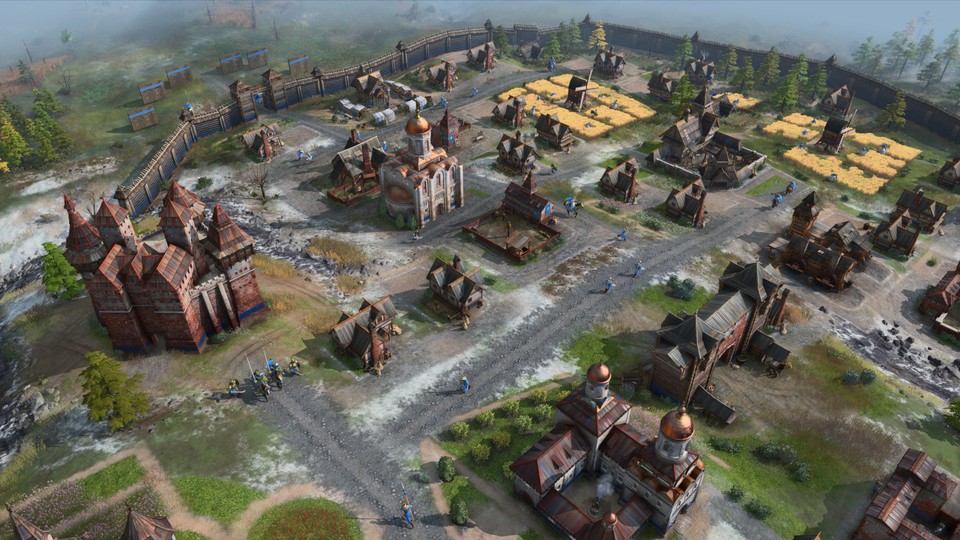
Historical background
Who exactly is meant by the Rus now is very difficult to define precisely. At least if we don’t want to turn this into a scientific treatise. However, the name already suggests that this is a people from whom today’s Russia later emerged.
From 882 to 1240, a state called Kievan Rus existed, but it later broke up into independent principalities. These Russian princes were then badly hit and subjugated by the Mongol invaders. In Age of Empires 4, this faction therefore also goes through different stages from age to age. While the Rus are Slavic and Nordic in the beginning, Byzantine influences come later, then Mongolian and finally it’s all about the rise of the princes of Moscow.
What makes Rus special?
The Rus are a particularly nature-loving faction. But that doesn’t make them tame tree huggers by any means. Rather, they know better than any other faction how to use their environment to their advantage. This is also evident in their relationship to hunting. The Rus are the most effective hunters in the whole game and reliably get gold by killing wild animals on the map.
Instead of a normal mill, the Rus therefore build a hunting lodge. The gold and resource bonus of this hunting lodge increases the more wild animals the Rus kill. Intact forests also give the Rus a bonus. They can build up a stable defence early in the game with particularly strong wooden palisades and wooden castles.
Later, the focus shifts away from nature. Then the Rus rely more on modern technologies, which can be seen, for example, in the Steltsy unit equipped with a firebox.
The buildings of Rus
- Dark Age: The most important building in the first age is the hunting lodge. Not only is gold generated here through hunting and forests, here the Rus can also train scouts.
- Feudalzeit: In the second age, the Rus have the optional Golden Gate. A trade landmark where the Rus can trade on better terms than a normal marketplace.
- Chivalry Age: In the Chivalry Age, the Rus can upgrade their special warrior monks with a new landmark: the Abbey of Trinity. Here, Warrior Monks are trained more cheaply and it gives access to unique upgrades for this unit.
- Imperial era: In the Imperial era, the High Armory allows the Rus to have stronger siege units. These units are built cheaply here and equipped with special upgrades. For example, trebuchets and mangonels can be built and dismantled instantly
Which faction from Age of Empires 4 do you like best and who do you miss? Write us your opinion in the comments!

